 Welcome
Welcome
“May all be happy, may all be healed, may all be at peace and may no one ever suffer."
- A
- B
- C
- D
- E
- F
- G
- H
- I
- J
- K
- L
- M
- N
- O
- P
- Q
- R
- S
- T
- U
- V
- W
- X
- Y
- Z
Gaco Water For Inj. 5ml / ampoule
Water for injection 5ml / ampoule
Water for injection 10ml / ampoule
Water for injection 10ml / ampoule
Peniton
Kulzam
G-Water for injectio... 5ml / ampoule
Liquid - Brands
The use of liquid drugs depends on the specific medication and the condition being treated. However, here are some general steps to follow when using liquid drugs:
- Check the medication label: Make sure you have the correct medication, and carefully read the label for instructions on the proper dosage, administration, and storage.
- Shake the medication bottle: If the medication needs to be shaken before use, give it a gentle shake to ensure that it is well-mixed.
- Use the correct measuring device: Use the measuring device provided with the medication to ensure that you are giving the correct dosage. Do not use spoons or cups from your kitchen, as they may not accurately measure the medication.
- Administer the medication: The medication may be given orally or through other routes, such as inhalation or injection. Follow the instructions provided by your healthcare provider or pharmacist.
- Store the medication properly: Store the medication according to the instructions on the label, such as in the refrigerator or at room temperature. Make sure the medication is kept out of reach of children and pets.
- Dispose of the medication properly: If there is any leftover medication, dispose of it according to local guidelines. Do not flush medications down the toilet or sink.
Here are some important tips to keep in mind:
- Always follow the instructions provided by your healthcare provider or pharmacist.
- Do not alter the dosage or frequency of the medication without consulting your healthcare provider.
- If you miss a dose, take it as soon as possible. If it is almost time for the next dose, skip the missed dose and resume your regular schedule.
- If you experience any adverse reactions or side effects, contact your healthcare provider immediately.
Overall, using liquid drugs requires careful attention to detail and following proper dosage and administration guidelines. If you have any questions or concerns, speak with your healthcare provider or pharmacist.
How to use Liquid?
A liquid drug is a medication that is in liquid forms, such as a solution, suspension, or syrup. Liquid medications are often prescribed to patients who have difficulty swallowing tablets or capsules or for those who need rapid absorption of the medication. Liquid medications can also be used for topical application or injection.
Liquid medications can be formulated for oral, topical, or parenteral administration. Oral liquid medications are swallowed and are commonly used to treat conditions such as coughs, colds, allergies, and infections. Topical liquid medications, such as solutions or sprays, are applied directly to the skin and are used to treat conditions such as skin infections, inflammation, or pain. Parenteral liquid medications are administered by injection, either intravenously, intramuscularly, or subcutaneously, and are used for a variety of purposes, such as pain management, hydration, and antibiotic therapy.
It is important to follow the instructions provided by the healthcare provider or medication label when administering a liquid medication, including the proper dosage, frequency, and precautions to minimize the risk of side effects or other complications.
Some common liquid medications include cough syrups, antibiotics, antihistamines, pain relievers, and insulin. Liquid medications may also be compounded, which involves creating a custom-made medication for a specific patient, such as a child who cannot swallow pills.
If you have any questions or concerns about using a liquid medication, talk to your healthcare provider or pharmacist for guidance. They can provide instructions on how to properly administer the medication and answer any questions you may have about potential side effects or interactions with other medications.
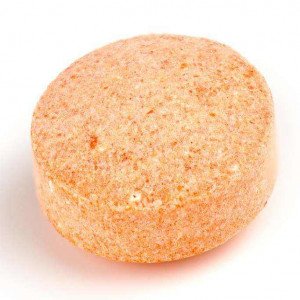
Tablet (PR)
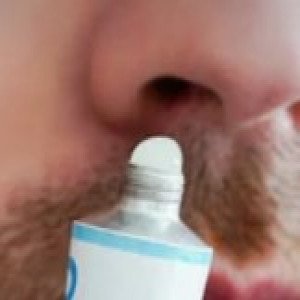
Nasal Ointment
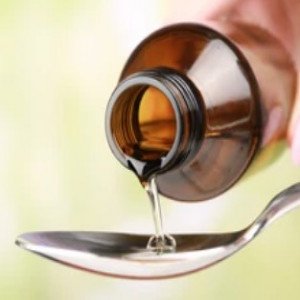
Oral Solution
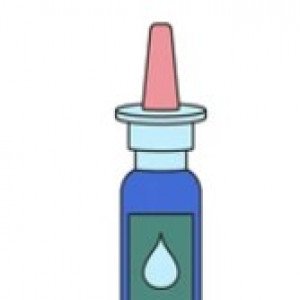
Gel

Capsule
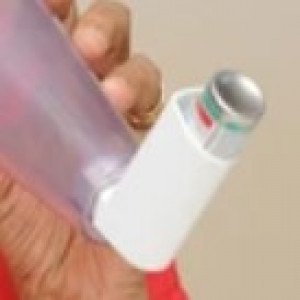
Solution

Effervescent Tablet

Powder
Liquid, How to use Liquid, তরল
To be happy, beautiful, healthy, wealthy, hale and long-lived stay with DM3S.